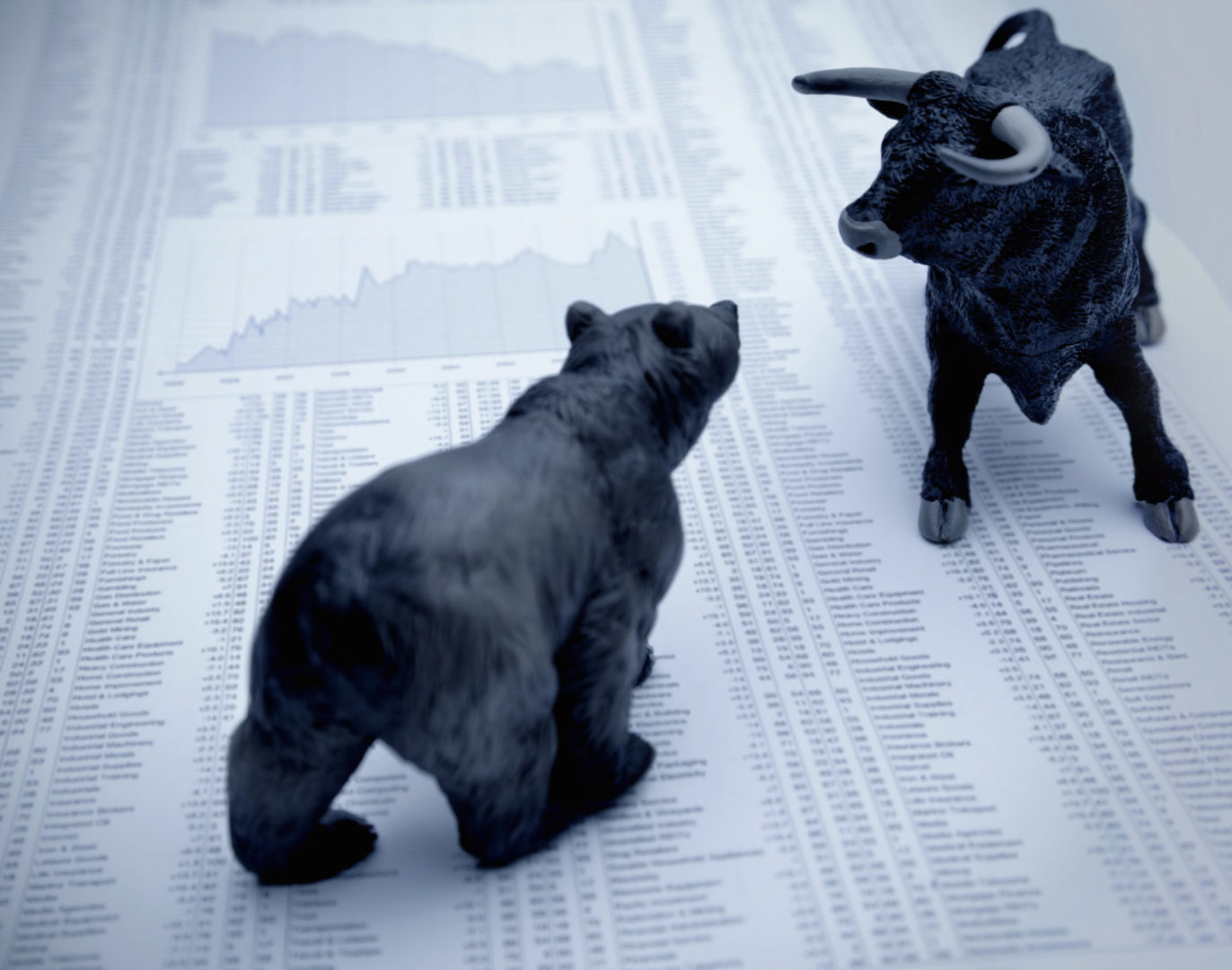The key motivation for investment in financial markets is profit. However, investing in a financial product involves investment risks. There is always the risk that an investment will fail to perform as expected due to economic and market factors, or factors specific to an industry or an individual company.
This risk means that the investor could lose some of their expected profit, all of the funds invested, or even property used as security for borrowed investment funds. The major risk, however, is the loss of opportunity for profit-making as a result of the investment’s failure to perform as expected when compared to other investment options. In other words, the investor may find that choosing a different investment could have provided greater returns.
Investment risk is therefore the risk of not achieving one’s long term financial goals and includes the risk of being out of the market, or the risk of doing nothing.
The risk/return trade-off
Often investors want the highest possible rate of return, but do not want to take on too much risk to reach their financial goals. As a result there is often a mismatch between the level of return a person expects from an investment and the level of risk that person is willing to take on. The returns investors seek are just not available from investments that fit within their tolerance for risk.
As a general rule, investments with high returns are often short-term investments accompanied by a larger risk factor than the more long-term investments with lower rates of return and therefore lower risk factors. Generally, the higher the possible return, the greater the risk of loss over the short term. However, if you plan to invest over the long term, these risks can be reduced, even for more volatile asset class investments like shares.
For this reason, investments with a higher exposure to growth, such as shares and property, are best suited to those looking to invest for strong returns over longer time periods and who are prepared to experience short term volatility along the way.
Investments with a higher exposure to more conservative investment returns, such as cash, fixed interest and hybrid securities, are less volatile but lead to generally lower returns over long time frames.
A diversified portfolio may reduce the risks inherent in investing in the stock market and provide a more consistent return from year to year. By investing across a range of different asset classes which experience good performance at different times, the high returns you receive from one type of investment can offset lower or negative returns you may be experiencing from another.
Risk factors affecting an investment strategy
The amount of risk an investor is willing to expose themselves to will be determined by a number of factors. Some of these are outlined below:
1) Your stage of life
If you are young, it is likely you can afford to take greater investment risks with a view to achieving higher expected returns in the longer term. If you are older, the security of capital will probably be more important, although capital-growth investments still have their place in any portfolio.
2) The amount of money you have to invest
The more cash you have to invest, the easier it is to build a diversified portfolio that helps you to counteract poor investment choices. However, investing large amounts of cash across a broad range of asset classes will not necessarily guarantee positive returns. Investors with limited capital to invest can put together a well diversified investment portfolio to achieve their financial goals by looking at diversified investment options such as Exchange Traded Funds (ETFs) or managed funds.
3) Your investment time frame
If your investment goals are long term, you may be able to take on the risk of short term volatility because you should have the time to ride out any market corrections or market downturns. However, if you need money for a deposit on a home, say in three years time, you may need to be more cautious around how you invest your money. Intelligent investing that takes into consideration the different stages of market cycles should be considered at all times though in order to mitigate timing risk.

